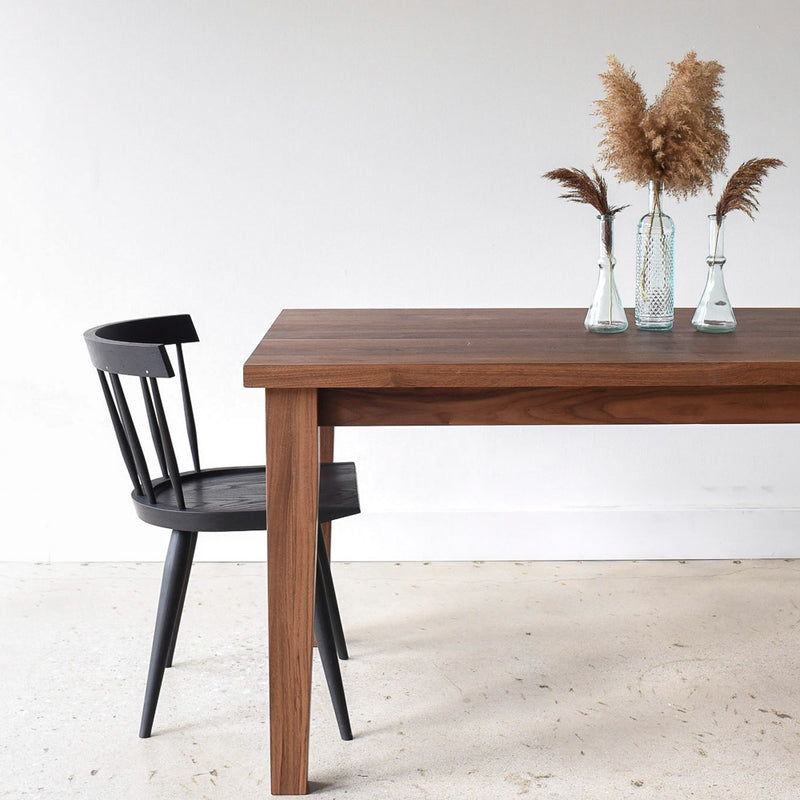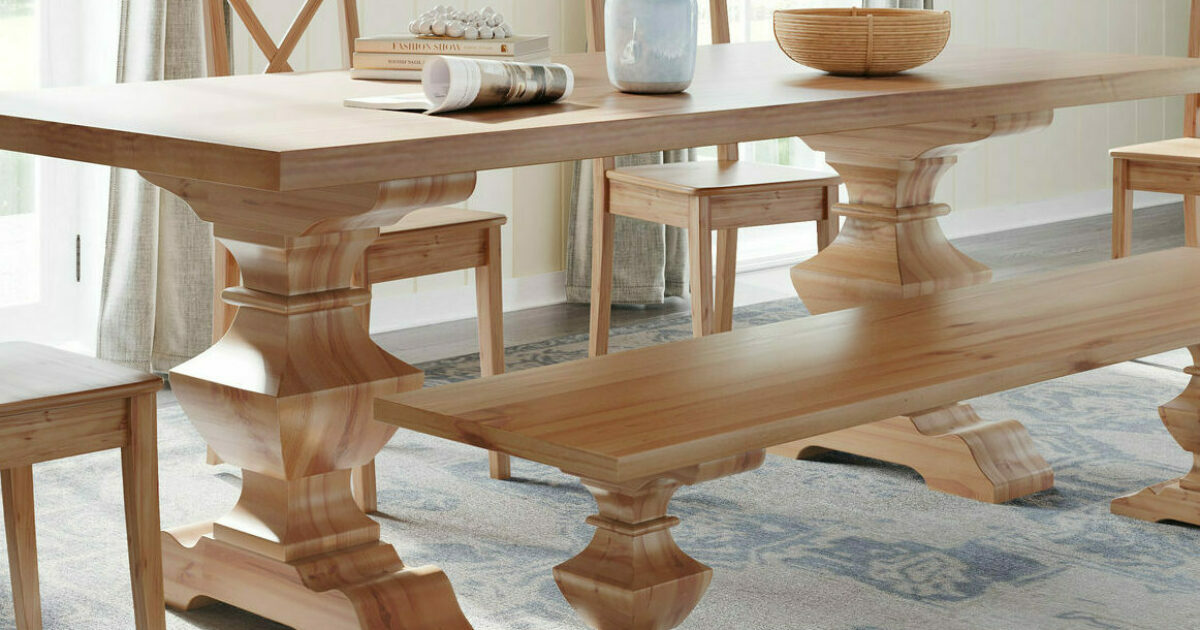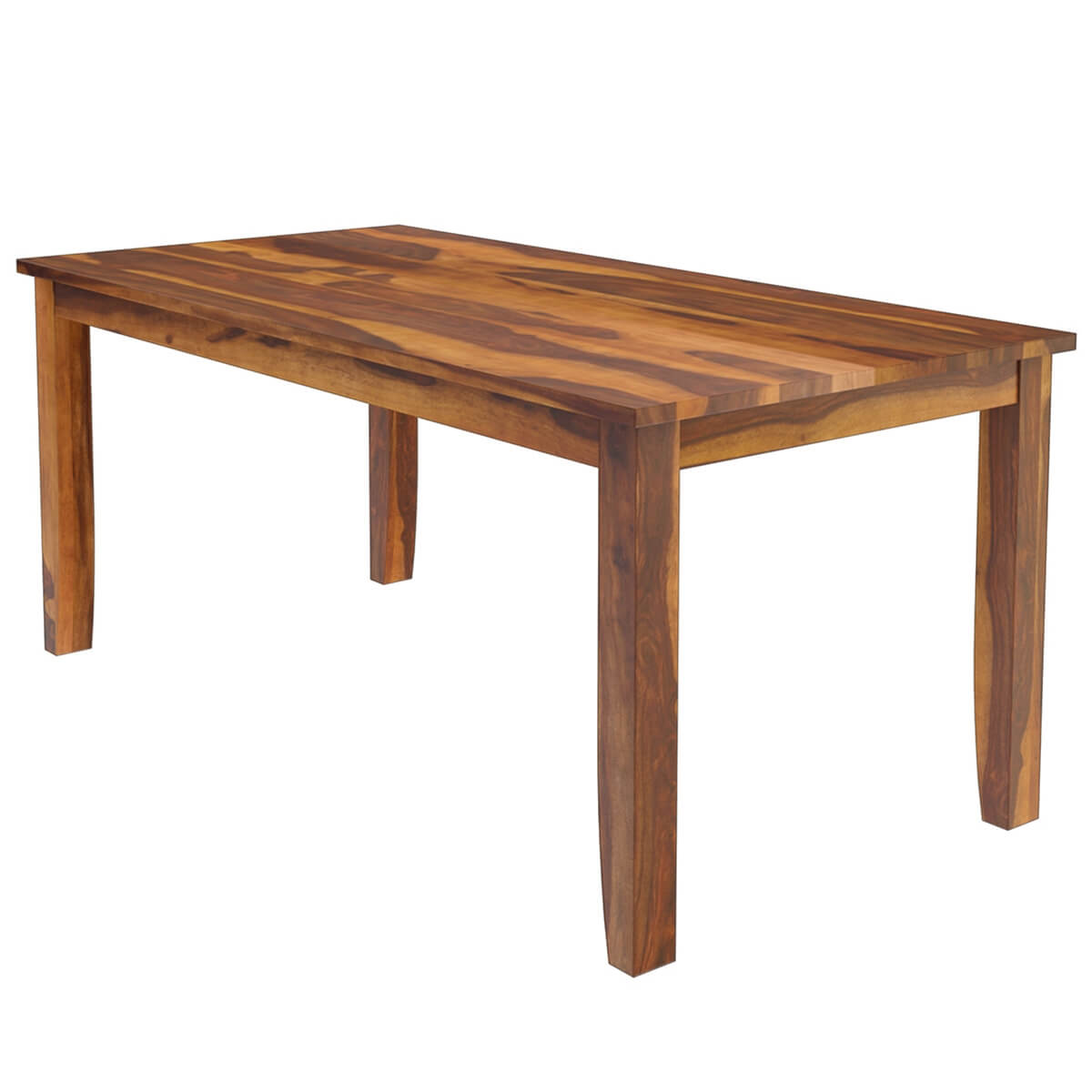Upgrade Your Table's Look with Attractive Dining Table Legs Wood Designs
Upgrade Your Table's Look with Attractive Dining Table Legs Wood Designs
Blog Article
Vital Considerations for Selecting the Right Table Legs Timber
Choosing the suitable wood for eating table legs involves a nuanced understanding of various elements that influence both performance and visual allure. The selection of timber kind, varying from durable hardwoods to a lot more fragile softwoods, plays an essential duty in making certain durability and stability. Each of these elements can significantly affect the overall experience of your dining space.
Importance of Timber Kind

Hardwoods, such as maple, walnut, and oak, are usually preferred for their strength and resistance to use. These kinds of wood supply a durable foundation that can stand up to everyday use, making them optimal for dining tables that experience regular events. On the other hand, softer woods like pine might be extra at risk to damages and scrapes, which may not be ideal for high-traffic locations.
In addition, the selection of timber can likewise impact the ease of upkeep. Some timbers need regular oiling or securing to maintain their appearance, while others may be extra flexible. Eventually, selecting the appropriate timber type involves stabilizing visual considerations with practical needs, making certain that the dining table legs not only look enticing however also stand the examination of time.
Examining Stability and Toughness
When examining dining table legs, one have to take into consideration the stability and toughness they give to the overall framework. The legs are vital in supporting the table top and ensuring the eating experience is satisfying and safe. A secure table is important for preventing tipping or tottering, which can cause spills or accidents during dishes.
The option of timber type dramatically impacts toughness. Hardwoods such as oak, walnut, and maple are commonly much more durable and long lasting than softwoods like want or fir. Furthermore, the thickness and style of the legs play an essential duty; thicker legs or those with a tapered style can supply better support and security.

Aesthetic Factors To Consider
While functionality is vital, the visual charm of table legs can not be neglected, as they dramatically influence the general layout and ambiance of the eating room. The choice of timber, layout, and finish can enhance or detract from the table's aesthetic impact.

Surfaces also play an important role in visual appeals. An all-natural coating can highlight the timber's inherent elegance, while painted or tarnished legs can introduce color and individuality into the area. The percentage and range of the legs relative to the tabletop and surrounding furniture has to be considered to make sure aesthetic equilibrium and communication.
Ultimately, the table legs must not just offer a useful purpose but likewise add to a natural and welcoming ambience, making them a vital consideration in the overall design of the dining area.
Maintenance Demands
To make sure durability and maintain the elegance of wood eating table legs, normal upkeep is crucial (Dining Table Legs Wood). Timber is an all-natural product that can be at risk to harm from dampness, warmth, and put on. Developing a routine treatment plan will considerably enhance the resilience of your dining table legs.
Begin with regular cleaning making use of a soft, lint-free fabric to eliminate dirt and particles that can damage the surface area. For more comprehensive cleaning, make use of a light soap option and damp cloth, avoiding excess dampness that can leak into the timber. It is a good idea to apply a top quality timber gloss or you could try here conditioner every few months to nurture the timber and maintain its gloss.
Resolve any type of scrapes or dents quickly with ideal wood filler or touch-up pens to protect against further damage. By adhering to these maintenance needs, you will not only maintain the aesthetic charm of your wood eating table legs but additionally extend their practical life-span.
Budget and Expense Aspects
Spending plan and price factors frequently play a vital duty in the decision-making procedure for picking wooden table legs. When assessing choices, it is important to develop a clear spending plan that straightens with your total furnishings financial investment. The cost of wooden table legs can differ significantly based on the sort of craftsmanship, style, and wood intricacy.
Woods such as oak, walnut, and cherry typically command greater costs because of their toughness you could try here and aesthetic appeal. On the other hand, softer timbers like want may be much more economical but might not supply the very same durability. Furthermore, custom or artisan-crafted legs can sustain added expenses, reflecting the ability and time spent in their creation.
It is also vital to think about the potential long-lasting worth of your investment. While choosing lower-cost products might appear economically prudent originally, they may require even more frequent substitute or repair services, ultimately raising general expense.
As a result, balancing top quality and expense is essential. Focus on materials that satisfy your aesthetic preferences while ensuring they fit easily within your budget, enabling you to create an eating location that is both practical and aesthetically appealing.
Conclusion
In conclusion, selecting the proper timber for eating table More about the author legs demands mindful factor to consider of various elements, including wood type, stability, aesthetic appeals, upkeep, and spending plan. Inevitably, an educated choice will certainly boost the long life and visual appeal of the dining table, ensuring complete satisfaction and performance for years to come.
Selecting the best type of wood for dining table legs is crucial for both aesthetic allure and architectural honesty. Eventually, choosing the proper wood type involves stabilizing visual factors to consider with useful demands, guaranteeing that the dining table legs not just look attractive however also stand the test of time.
It is advisable to use a high-grade timber polish or conditioner every couple of months to nourish the timber and preserve its gloss.
The price of wood dining table legs can differ dramatically based on the type of wood, layout, and workmanship intricacy.
In final thought, selecting the ideal timber for dining table legs demands cautious factor to consider of different elements, consisting of wood kind, stability, visual appeals, upkeep, and budget plan.
Report this page